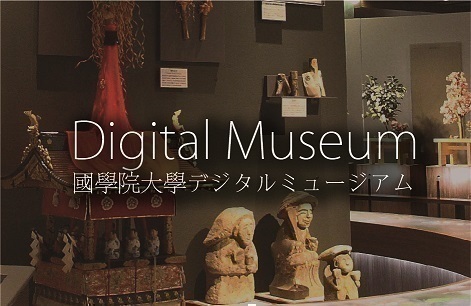- トップ
- Encyclopedia of Shinto
- Tōrō shinji
Encyclopedia of Shinto
| Main Menu: | |
| Links: |
詳細表示 (Complete Article)
| カテゴリー1: | 5. Rites and Festivals |
|---|---|
| カテゴリー2: | Individual Shrine Observances |
| Title | Tōrō shinji |
| Text | "Lantern rite." A festival held July 25 at Iyahiko Shrine in Yahiko Village, Nishi-Kanbara District, Niigata Prefecture. A"flower lantern" (hana tōrō) is a platform approximately 2.5 meters wide, 120 centimeters long, and 80 centimeters high, with a small paper-covered lantern at each of its four corners and colorful artificial flowers placed in the center. Until the day of the festival, about twenty flower lanterns stand as offerings in place at a temporary shrine erected before the hall of worship (haiden). The evening of the festival, the lanterns are carried out of the temporary shrine one by one by groups of five to six youths. The lantern dance (tōrō odori) is performed around the lanterns to accompaniment of a flute and drums. The lanterns leave the shrine with the dance going on around them; they travel around the houses of the village and return to the shrine at around 10 p.m. An ancient court dance (bugaku) and other dances are performed as offerings on the stage erected before the worship hall. In the past, a lively paradewould leave the shrine around 10 p.m. and descend into the village, joined gradually along the way by numerous "welcome lanterns" (mukae-tōrō) as well as dengaku lanterns (another type of "welcome" lantern) from village households. The shrine priests (shinshoku) would walk about singing sacred songs (kamiuta) before each of the branch shrines (massha) and worshipping there. Youths would jostle with one another, dance, and create a tremendous stir as they carried the flower lanterns. The ceremonies would end by worshipping from afar the mausoleum atop Mt. Yahiko before returning to Iyahiko Shrine near daybreak. During the festival of the same name held August 15-16 at Ōmiya Shrine in Yamaga City, Kumamoto Prefecture, the entire city is decorated with lanterns unique to the area known as Yamaga lanterns (Yamaga tōrō). On the evening of August 16, women wearing informal summer kimonos (yukata) place lanterns of gold and silver on their heads and form a dancing parade. Each neighborhood association dedicates hand-made lanterns to the shrine. The dance and procession with the lanterns continues until morning. According to legend, when Emperor Keikō (the mythical 12th emperor, held to have reigned A.D. 71-130) landed on these shores, local residents held up torches to guide him because the mist was so thick that he couldn't find his way. They began to hold a torch-offering rite every year due to this story. Another theory holds that the festival origins lay in the practice of offering up torches to placate the vengeful spirit of a huge eight-headed turtle that lived in the area. It is said that formerly those involved in lantern production were required to perform strict purification through abstinence (kessai) rites. The spring festival held on March 9 at Itsukushima Jinja Shrine in the Nagasaka District of Yamaga city is known as the Nagasaka Lantern Festival. Its founding legends are the same as those of the lantern festival of Ōmiya Jinja Shrine. Formerly held on the same day as the festival of Ōmiya Shrine, the Nagasaka festival changed its festival date (saijitsu) to March 9 in the mid-Meiji era. At the same time as lanterns are being offered to the shrine, selected youths dance an "eggplant dance" called narenare nasubi in a ritual area (saijō) enclosed by a shimenawa sacred rope in front of the haiden. The festival held on September 8 and 9 at Yūzawa Jinja in Yūzawa Onsen Village, Shimotakai County, Nagano Prefecture, is also called the "lantern festival." After ceremonial activities on the evening of September 8, a procession of lanterns leaves the shrine and parades through the village. — Mogi Sakae |




